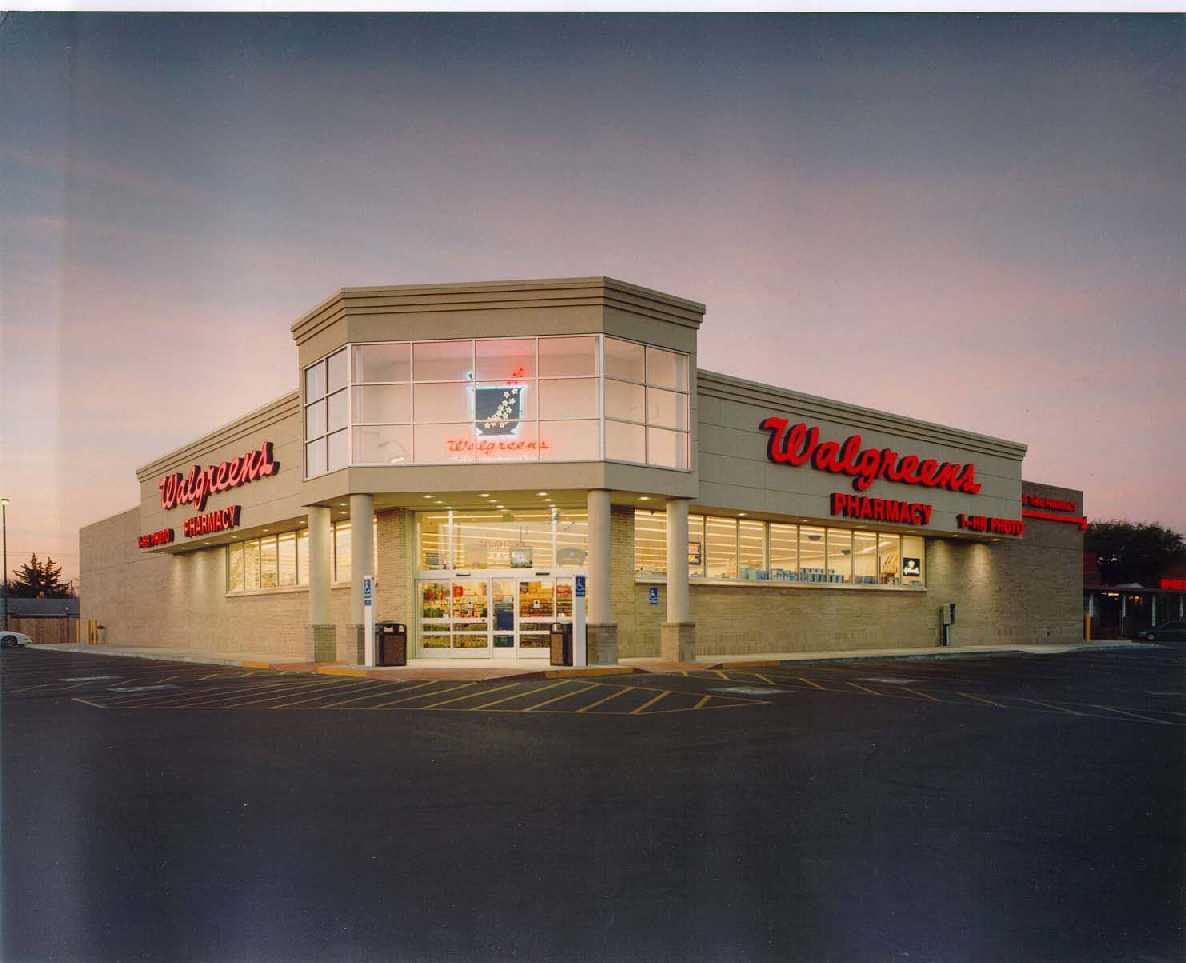 For many pharmacists in America, a job that was once pleasurable has become highly stressful.
For many pharmacists in America, a job that was once pleasurable has become highly stressful.
Pharmacies across the country have been hit by armed drug addicts and drug dealers seeking painkillers, anti-anxiety drugs and other controlled medications.
These robberies have the potential of turning violent. In Long Island, six people died in 2011 in two separate pharmacy robberies located less than 30 miles apart.
Last spring, two masked gunmen entered five different pharmacies in the Minneapolis-St. Paul area, ordering everyone to the floor and demanding OxyContin. The incidents were compared to takeover-style bank robberies, but instead of escaping with thousands of dollars in cash the robbers netted a small cache of prescription pills. Two suspects have been arrested; both were felons on supervised release from prison at the time the crimes took place.
The U.S. Drug Enforcement Agency reports there were nearly 700 armed robberies of pharmacies in 2010 that involved controlled prescription drugs. This represents an 80 percent increase compared to 2006. Following a surge in drugstore robberies during the crack epidemic of the 1980s, pharmacy crimes had slowed in the early 2000s until this new crime wave was set off by rising prescription drug abuse.
Pharmacists are trying a variety of methods to safeguard their stores and customers. Some have tried passive solutions such as posting signs saying they no longer stock OxyContin and other oxycodone-based medications. Others have installed silent alarm system, bulletproof glass partitions and secure doors that require customers to be buzzed in. A smaller number of pharmacists have resorted to hiring armed guards or keeping a gun behind the counter, despite the fact that a pharmacy shootout can result in the injury or death of innocent customers and employees.
One major pharmacy chain has decided to take action against pharmacy robberies. At Walgreens stores in Arizona, OxyContin and other in-demand drugs will be stored in cabinets with time-delay locks similar to those used on safes in banks and all-night convenience stores. Pharmacy workers will need to wait before the lock opens, with the delay being just long enough to notify police that a robbery is in progress. Walgreens representatives believe that the delay will cause would-be robbers to leave without obtaining drugs.
Walgreens has already installed time-delay locks in other states with high pharmacy crime rates, including Washington, Oregon, Colorado and Tennessee. Arizona was chosen for the new safety system because there have been nearly 50 robberies and attempted robberies at Walgreens stores in the state. According to Tucson News Now, the pharmacy chain eventually plans to install the new time-delay medicine cabinets in all of its stores.
All of this activity leads us at the Addiction Reporter to beg the question: while it is salient yet unfortunate for all these measures to be taken at pharmacies, is it about time for the addictive opiate medication industry to maybe face some additional regulation? It seems they are more than happy to bring extremely addictive opiates to market, with this collateral damage being mainly “someone else’s problem.”
